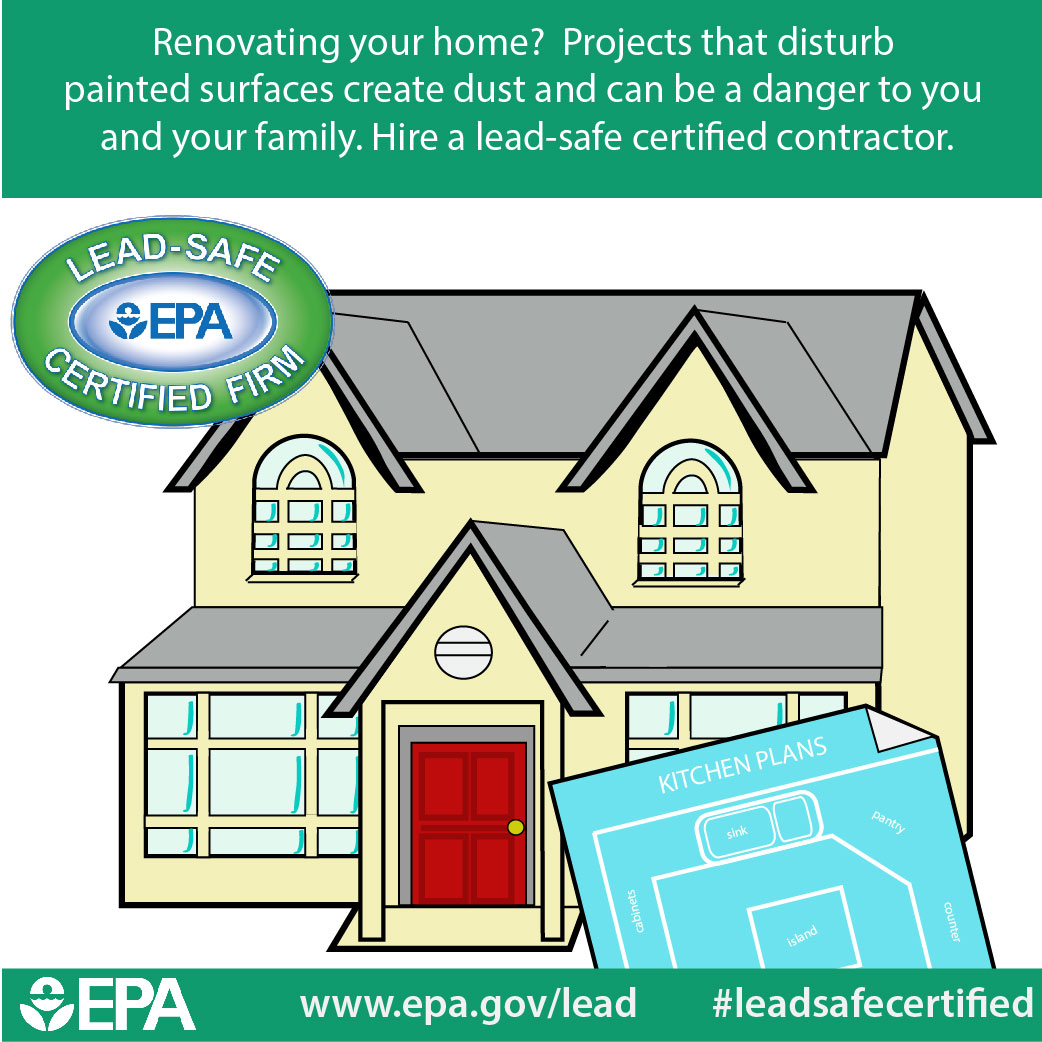Key Seasonal Considerations For Commercial Exterior Paint: What You Need To Be Informed Concerning
Key Seasonal Considerations For Commercial Exterior Paint: What You Need To Be Informed Concerning
Blog Article
Write-Up By-McLamb Urquhart
When you're planning an industrial outside painting task, seasonal factors can make or break your outcomes. You'll want to consider exactly how temperature and humidity impact paint application and drying out times. Picking the best period can ensure your paint adheres properly and lasts longer. However which seasons are truly the best for this type of job? Let's explore the key elements that can influence your job's success.
The Influence of Temperature on Paint Application
When you're preparing an industrial outside painting task, the temperature can dramatically influence how well the paint sticks and dries.
Ideally, you wish to paint when temperatures vary between 50 ° F and 85 ° F. If it's also cold, the paint may not cure properly, resulting in concerns like peeling or breaking.
On the other hand, if it's as well hot, the paint can dry as well quickly, avoiding correct adhesion and resulting in an unequal finish.
You must likewise take into consideration the time of day; early morning or late afternoon offers cooler temperature levels, which can be much more positive.
Constantly examine the supplier's suggestions for the specific paint you're using, as they frequently give support on the suitable temperature array for ideal outcomes.
Moisture and Its Result on Drying Times
Temperature isn't the only ecological aspect that affects your commercial exterior paint project; humidity plays a significant function also. High humidity levels can slow down drying times considerably, influencing the overall top quality of your paint task.
When the air is saturated with moisture, the paint takes longer to treat, which can result in problems like bad adhesion and a greater risk of mildew growth. If you're painting on a particularly damp day, be gotten ready for extended delay times between coats.
It's vital to keep track of local climate condition and plan appropriately. Preferably, https://painternearme90000.blogchaat.com/34429389/key-questions-to-make-before-utilizing-house-painters for moisture degrees between 40% and 70% for ideal drying.
Keeping these factors in mind guarantees your task stays on track and delivers a long lasting finish.
Best Seasons for Commercial Exterior Painting Projects
What's the best season for your commercial outside paint projects?
Springtime and very early fall are usually your best choices. Throughout these periods, temperature levels are light, and moisture levels are commonly lower, producing ideal problems for paint application and drying.
Avoid visit the following website , which can trigger paint to completely dry also rapidly, causing inadequate attachment and coating. Similarly, winter's cool temperature levels can prevent proper drying out and curing, running the risk of the long life of your paint job.
Aim for days with temperature levels between 50 ° F and 85 ° F for optimum results. Bear in mind to check the local weather forecast for rain, as wet conditions can wreck your job.
Planning around these variables guarantees your painting project runs efficiently and lasts much longer.
Final thought
Finally, planning your commercial external painting projects around seasonal considerations can make a considerable difference in the end result. By organizing work throughout the perfect temperature levels and humidity levels, you'll ensure better adhesion and drying out times. Remember to keep an eye on regional weather prediction and pick the right time of year-- springtime and early autumn are your best choices. Taking these actions will aid you accomplish a resilient and specialist finish that lasts.
